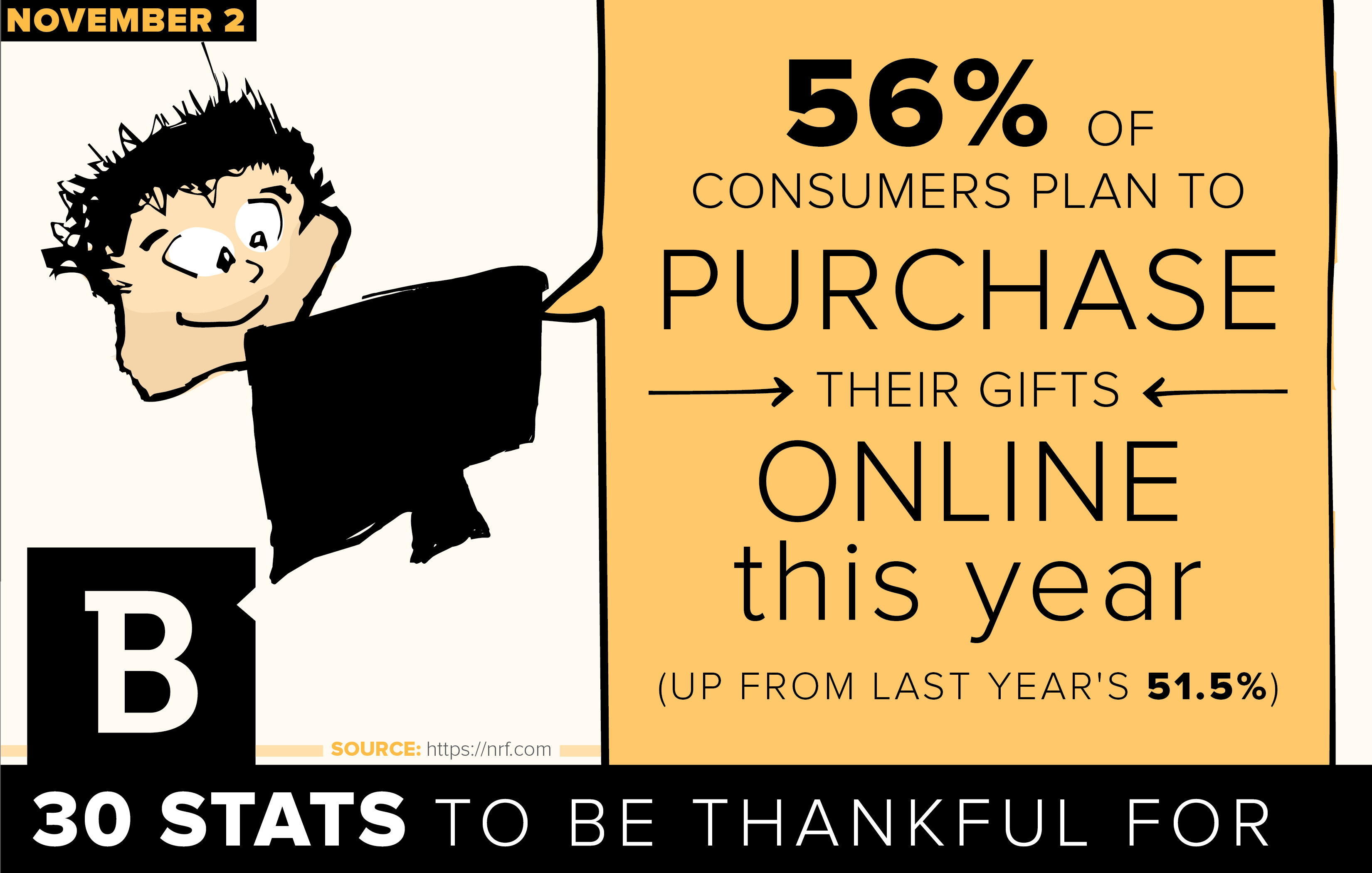Consumer behavior has been evolving throughout the internet era, and for the first time in history, 56 percent of consumers plan to buy gifts online this year. According to the National Retail Federation, this is up from 51.5 percent last year and the largest percentage to date.
So what can brands do to prepare and hold onto their bottom lines as the chasm between online and offline sales widens?
- First, they have to get on the ‘net and build a presence that’s easy for buyers to find
- Second, they need to make product and service research simple with high-quality content
- Third, they must create a clear path that consumers can navigate toward conversions
One of the main problems companies face with their websites is turning qualified traffic (in this case, interested buyers) into actual customers. If they’re already there, why aren’t they buying? The answer me be a matter of how easy or difficult it is for visitors to complete processes.
If there are multiple steps to making a purchase, people are more likely to drop off. If they have to navigate to a specific page to check out, buyers will often click away. If it’s at all difficult to tell what they need to do next, consumers will generally abandon the products they want and head back to search engines empty handed.
We’re living at a time when consumers can buy products with the click of a button, but it’s also easier than ever to find comparable items at a lower cost. The pressure’s on marketers and brands to make the purchase process as seamless (and enjoyable) as possible to drive the most revenue over the holiday season and beyond.
Here are some examples of basic design changes that help businesses get more conversions:





